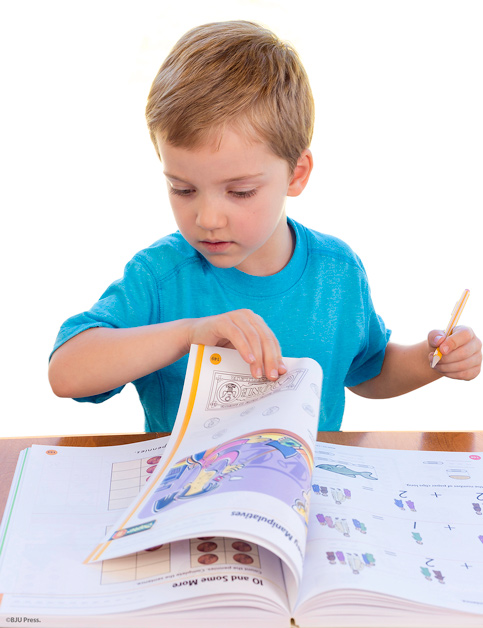
When my oldest daughter completed kindergarten last summer, I was ready to make sure that she wouldn’t experience any of the summer learning loss that I had read so much about. I had purchased BJU Press’s Vacation Stations: Beyond the Back Door workbook and carefully planned a daily summer schedule that would allow us time to review concepts and practice reading.
I also planned to do preschool with my three-year-old daughter to help keep her occupied and to prepare her for four-year-old kindergarten in the fall. I talked to some friends about my intentions, and they suggested that I purchase a preschool workbook from a store like Walmart® or Sam’s Club™.
Unlike complete curriculum packages, workbooks do not include instructional materials. However, I was pretty confident in my ability to teach preschool-level skills. After shopping around, I found what I thought was the perfect workbook. Designed for ages three-to-five, it contained almost three hundred pages of full-color, perforated pages. The activities looked fun. It promised to help my daughter learn skills such as the alphabet, shapes, numbers, colors, and more. It even included a CD-ROM. Best of all was its price tag—$5.99.
My daughter was excited to do “school” along with her big sister, but that excitement soon turned into frustration. The workbook was asking her to do things that she was not prepared to do. For example, the first page in the section designed to teach color skills directed her to color a picture of a crayon blue, trace the word blue (the font being only 2-3 inches high) and draw a picture of a blue house. She had not developed the fine motor skill needed to do the tracing or the drawing. We ran into another such difficulty in the number section. At the top of the page she was shown three objects and was directed to circle the object that only appeared once in the larger picture at the bottom of the page. My daughter was utterly confused.
After a few weeks of repeated frustration, we completely abandoned the workbook. Even though my daughter didn’t learn the alphabet or her numbers over the summer, she’s learning them now with the help of BJU Press’s Footsteps for Fours curriculum. Her experience with this curriculum has been completely positive—she enjoys it so much that she wants to do school all day long.
It’s easy to think that the concepts taught in preschool and kindergarten are so basic that you don’t need a curriculum, but this experience taught me differently. One of the biggest values of an early-learning curriculum is in its sequencing. Within a good curriculum, skills and concepts are taught in certain order; they build on one another. The result of sequencing is that children are prepared for the introduction of new skills and concepts. They don’t get frustrated because they have been given all the tools they need to succeed. And succeed they will. Not only will they gain new knowledge and skills, but they will have the confidence they need for continued success.
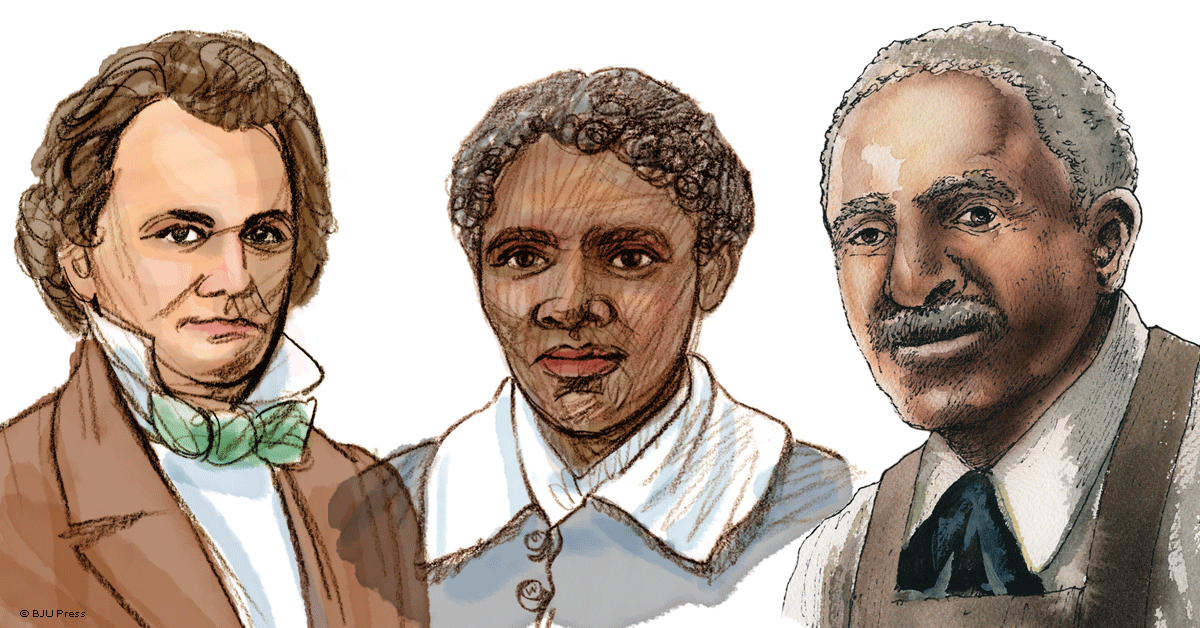

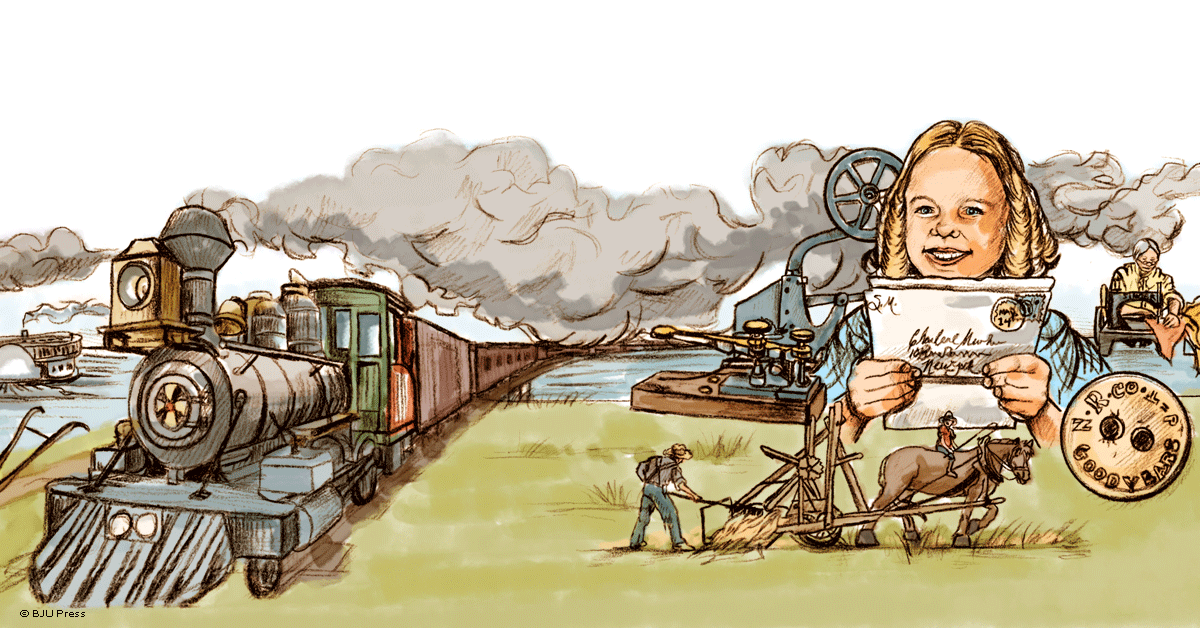
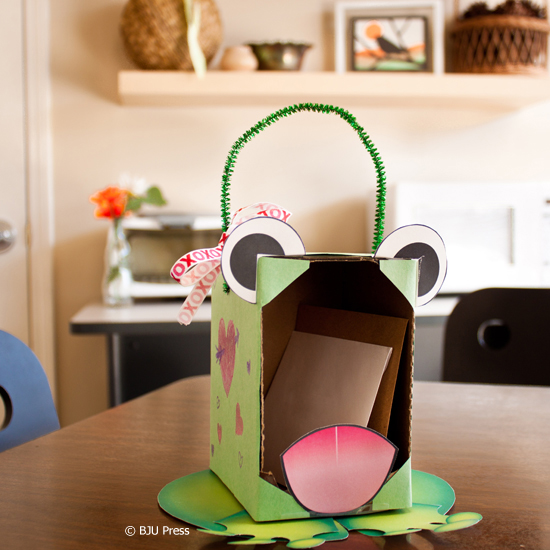
 February 15
February 15
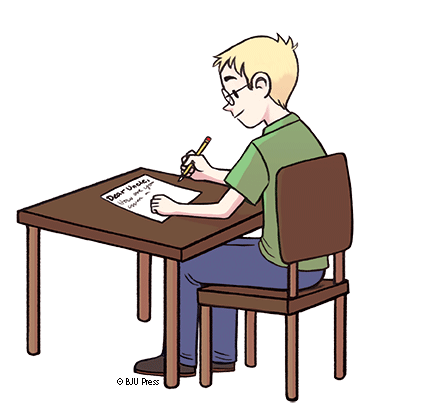
 What does this event have to do with teaching science?
What does this event have to do with teaching science?

